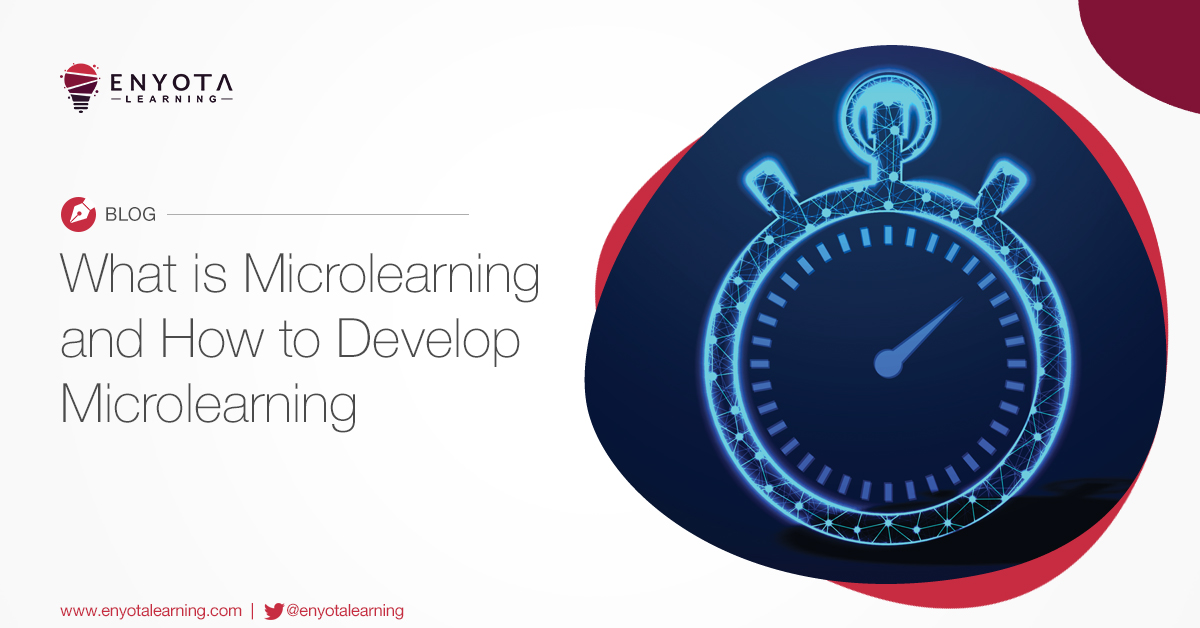
What this article covers:
-
What makes eLearning effective
-
Our services in offering the best custom eLearning development solutions
Training employees has come a long way from traditional training methods like classroom training. Today, training employees on various subjects and providing on-the-job learning experiences has become an automated process. However, it is important to measure its efficiency to ensure the training courses are working for that particular set of learners/employees. It could be possible that a few training courses are well-designed with excellent features but are not right for the chosen set of learners. Hence, measuring the effectiveness of eLearning courses will help training managers to decide whether these eLearning courses are effective for their teams.
What makes eLearning effective?
Effectiveness of eLearning courses depends on various parameters. When eLearning helps companies achieve the defined goals and business objectives such as increasing the ramp rate of product revenue, increasing the turnaround time, improving customer satisfaction, enhancing productivity and efficiency of the employees at work, the eLearning is said to be effective. Measuring the effectiveness of eLearning courses can be done by analyzing the impact of a certain training course on the learners. There lies no benefit in providing the most expensive eLearning courses to your employees if they cannot help them enhance their productivity at work and help them do well in their jobs.
Here is a checklist to measure the effectiveness of your eLearning courses:
The Result or Outcome
The first in the list is to check the overall outcome of eLearning. It is important to align the outcome to your eLearning objectives. For example, employees undergoing a certain training should able to achieve certain goals as a desired outcome of the training. The eLearning course won’t be considered effective unless it fulfills the purpose as defined.
Knowledge Implementation
Another aspect that is a must for the eLearning training to be effective is to measure how well the learners are using their knowledge at the workplace. Your eLearning courses must aim at not only sharing knowledge with the learners but also helping them improve their decision-making skills and responding to real-life situations likewise.
Perceived Learning, Skills, and Competency
A good understanding of the learning perceived by the learners, their acquired skills and competency can be helpful in measuring the effectiveness of your eLearning training. Comparing these aspects with their previous perceived learning, skills, and competency gives a fair understanding of how effective your eLearning courses are for their overall productivity. If a considerable improvement is seen in these aspects, then your eLearning programs can be considered effective.
Attitude
The effectiveness of eLearning courses can also be determined by the levels of interests shown by your learners for the program. An effective eLearning course will attract more learners for further courses as they would want to train themselves better in various professional fronts. Ineffective eLearning programs would not lead to learners wanting to take more courses.
Learner Satisfaction
Satisfaction of learners also counts for effectiveness of an eLearning program. An effective eLearning program needs to be designed in a learner-centric way such that it gives them a satisfying learning experience. The knowledge shared with the learners should be relevant to their job and which can be implemented at workplace. This will enable them to assess their knowledge and improve in the required fields of work. An effective eLearning course will offer a high level of learning satisfaction to its learners.
Skills Acquired
The skills acquired by your learners after taking an eLearning course has a direct correlation to the effectiveness of the program. It would be ineffective if they do not acquire any skill even after taking the eLearning program.
Learning Content Retention
eLearning programs need to be designed in a way such that they are not only provide the required knowledge and skills to the learners but they also provide content that is easy to retain for a long period of time. Even an excellent eLearning course is of no good use if its content is difficult to retain for the learners.
Completion of Courses
The number of learners who have taken the eLearning courses and completed it also forms an important aspect of measuring the effectiveness of an eLearning program. Many times, due to various reasons like less engaging content, lack of relevancy of content with the learners’ profiles, etc., learners do not complete the courses. When the number of learners who do not complete the course is high, it shows the ineffectiveness of the eLearning program.
Learner Motivation and Engagement
Effective e-learning motivates and engages the learners. Courses need to be engaging, motivating, and learner-centric to provide them with a good learning experience. Use of graphics, videos, quizzes, and games are a few ways to keep your learners engaged to make the eLearning course more effective.
Cost-effectiveness of eLearning Courses
One way to measure the effectiveness of the eLearning course is to compare the cost taken to create an eLearning course and the impact or result it has produced. If the results are satisfactory and the eLearning courses have helped the learners to improve their skills, knowledge, and productivity, the courses are termed as effective. Measuring the ROI of these courses can also help you analyze the overall effectiveness of the courses.
If you have identified similar issues with your eLearning courses or have come across certain responses of learners towards the courses you conduct, it’s time to analyze the effectiveness of your eLearning programs based on the parameters mentioned above. If you have any queries related to any of these aspects, comment below or connect with us today!






